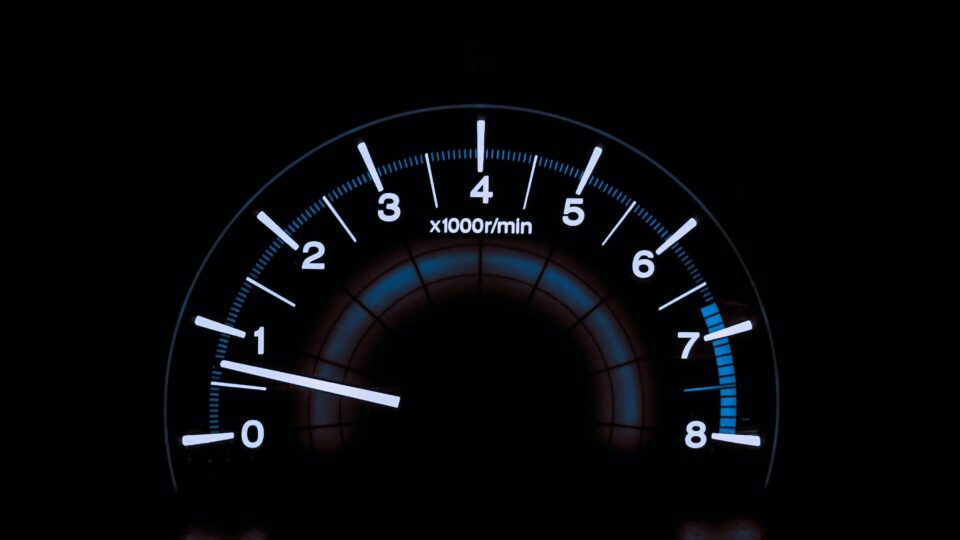Coach Q & A: The Myth of Speeding Up Your Metabolism
Our coaching question of the week comes from a member of the Metabolic Mastery Club Facebook group, who we will call Miranda for the purposes of this post! If your goals involve metabolic balance, and you are curious about how to best assess your metabolic function as you follow our programming guidelines, this Q & A post is for you! We hope you’ll find our response helpful in learning how to better understand your metabolic function and the benefits of metabolic flexibility rather than metabolic acceleration!
“Hi there! I’m a newbie. I joined Weight Watchers about 9 months ago, and I was able to get within 2 pounds of my marriage weight (I was married 33 years ago!)!
Since I’ve started to follow the Metabolic Renewal guidelines, and I’ve stopped my Weight Watchers program, I’ve let go of counting calories or tracking points. Instead, I’m focusing on healthy eating habits and aiming to work out at least 3 times per week.
I want to share that this program makes SO much sense to me! I think by following the toggle of ELEM (eat less exercise more), I totally stalled my metabolism. Now I’m looking forward to regulating my metabolism, but I’m also wondering if this program will actually help me to speed up my metabolism!
Since accelerating my metabolism is now a priority of mine, rather than focusing on calories, what is the best way to do this? Thanks for your help!”
Miranda, we understand that you view accelerating your metabolism as a priority right now, particularly since you feel that the toggle of “eat less exercise more” (ELEM) has left your body in need of metabolic repair! Keep reading to better understand why you may want to shift your attention to creating a more flexible metabolism rather than focusing on metabolic speed or acceleration of the metabolic process!
Most people think that they want a fast metabolism. In reality, what they really want is a more flexible metabolism. Metabolic flexibility is the capacity to alter metabolism in response to our nutrition and eating habits.
You may be feeling like you have a more rigid metabolism right now. This means your metabolism does not respond to your current nutrition and eating habits. Results might slow, plateau or go the other way. The overall concept is that a rigid metabolism works against you and your body is sending signals that your metabolism is in need of some rehabilitation.
“Knowing that the metabolism is changeable and always adapting should not make you uncomfortable. This is incredibly valuable information.
What it means is that you need to use a flexible approach, one that works with the way the metabolism works. This approach will keep the metabolism from adapting and keep you burning fat.”
~ Dr. Jade Teta
As Dr. Jade has indicated, a flexible metabolism works FOR you. So Miranda, perhaps your questions should be: “How do you get the metabolism to become more flexible? How do you break through plateaus when you feel stuck and the metabolism isn’t responsive?”
Consider this. If you’re doing something that is working, but eventually it stops working, you may need to do something else (the opposite of what you’re doing perhaps). The metabolism is unique in that it adapts over time. That means that we need to change our approach at times. You could tweak your nutrition and eating habits in a number of ways, but we want you to consider your psychology, practical circumstances, and preferences when doing so!
Generally, when individuals aim to focus on metabolic rehab, or developing a more flexible metabolism, they turn their attention to the nutritional focus of their program or patterns. I’ve seen many clients develop a more flexible metabolism by utilizing the toggles of ELEL (eat less exercise less) and EMEM (eat more exercise more).
While many clients experience success with the ELEL toggle, once that is no longer producing desirable results, we will try 1-4 weeks (or more) of EMEM and see how the body responds. Click this link for more information on our metabolic toggle approach.
Here are some examples of nutritional tweaks to consider outside of toggling:
✔ ️ Alter the number of meals you are eating daily.
✔️ Change the types of meals you are eating.
✔️ Adjust the timing of your meals.
Once you’ve chosen a nutritional tweak to focus on, start by doing “the opposite” of your current plan, meal structure, or timing. This often forces the metabolism to respond!
Here are more specific examples of what “doing the opposite” may look like for you:
✔ ️ Eat less frequently if you’re a snacker or grazer.
✔️ If you’ve been following a keto diet, you might want to add some carbs back in.
✔️ If you’ve been eating in a narrow eating window, you may want to extend that window.
Don’t be afraid to change things up, Miranda. Experimenting with different strategies can be a key component to finding what works for you and your metabolism. Monitor your SHMEC (sleep, hunger, mood, energy, cravings). If that’s in check and you’re seeing your desired body change results, then you’re on the right path.
Keep in mind that metabolic repair or rehabilitation does take time. Plan to stick to your tweaks for 4-6 weeks (or more) before changing things up once again! Use any stalls in progress, or plateaus, as a reminder that it’s time to change things up rather than a source of frustration! If you always remember that the metabolism is an adaptive and reactive system, you’ll always remember that you need to be adaptive and reactive too.
Photo by Chris Liverani on Unsplash

